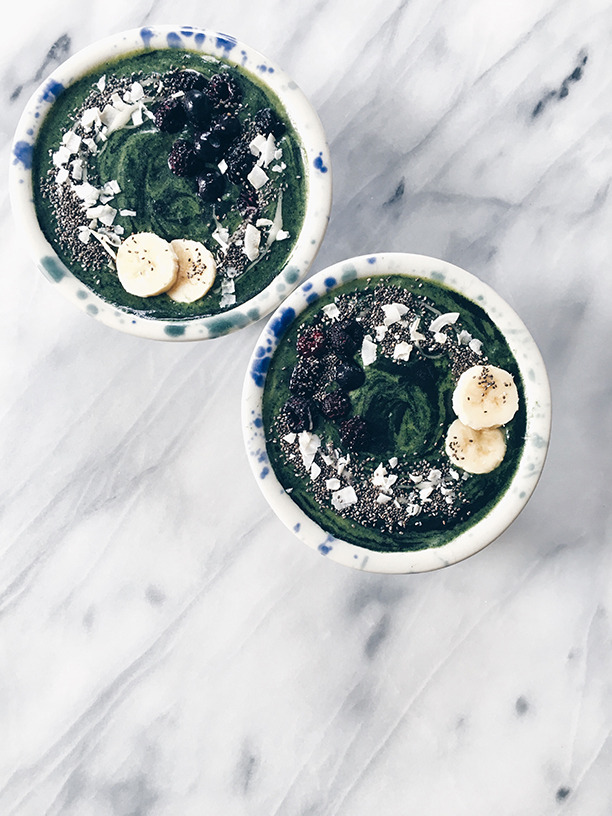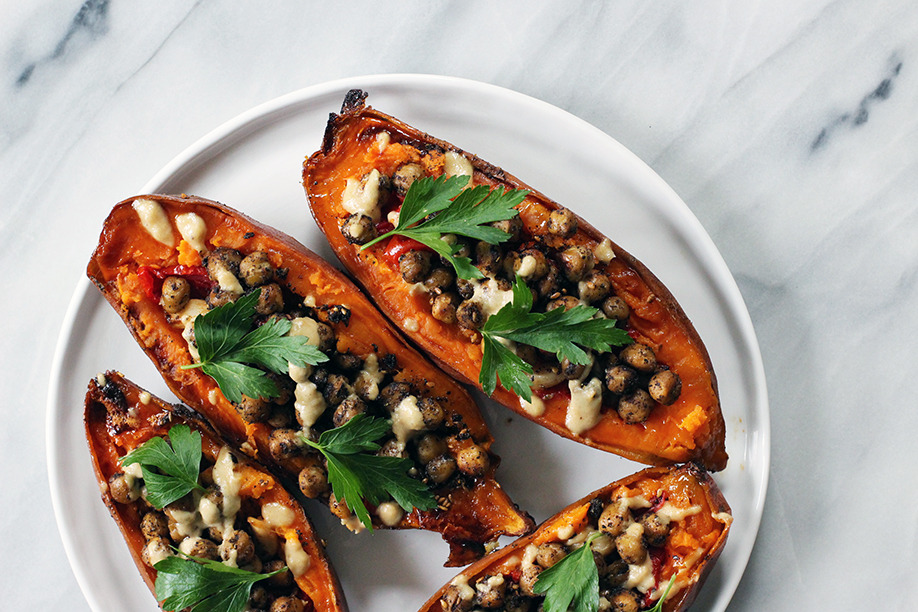Reishi, Shiitake + Astragalus Chai
There are so many Chinese herbs that you can easily use in your home kitchen. Astragalus is an all-time favorite of mine for use in home cooking because of its relative mellow flavor and broad function to nourish qi & blood, while also being an adaptogenic herb with special skills in building immunity. If you feel like you get run down from life or stress and the first thing to come up is a cough, cold, or immune issue - this is a great herb for you! It comes in powdered, sliced, or cut and sifted forms. I mainly use the cut slices for cooking myself, since they’re so easy to add to teas and broths, which I highlight in this recipe.
Reishi + shiitake mushrooms are also powerful allies for our immune system, and very useful for building strength and resilience in our respiratory system. Reishi, the non-edible medicinal mushroom known as Ling Zhi, is considered a deep immune activator as well as adaptogen. Shiitake has been studied for its benefits in fighting cancer cells and has antimicrobial uses as well. The warming spices of cinnamon, ginger, and star anise keep our digestive qi moving and help the body retain heat during cooler months. Remember that good immunity always begins in the gut. This herbal “chai” tea blend utilizes these medicinal herbs and gives us a slightly earthly, slightly sweet, spiced herbal tea to drink throughout the season for winter immunity. A tea I love to make and store in jars in the refrigerator for easy access for a couple weeks at a time. Where to buy these specialty herbs if you’re not a licensed practitioner? Mountain Rose Herbs online is a great resource.
Reishi, Shiitake, Astragalus Chai Tea //
3 slices dried reishi mushroom
4 dried shiitake mushroom caps
3 long slices dried astragalus root (if you have the shorter slices, about 10-15g total)
3 Chinese red dates (da zao)
1 cinnamon stick
2 star anise
1 tsp dried ginger root
6 C filtered water
Bring all ingredients to a boil, reduce heat to simmer, cover, and cook for about 45 minutes. Strain and drink warm by the cup, sweetening with raw or manuka honey to taste. Store extra tea in glass jars in the fridge for up to 2 weeks and reheat as desired.















